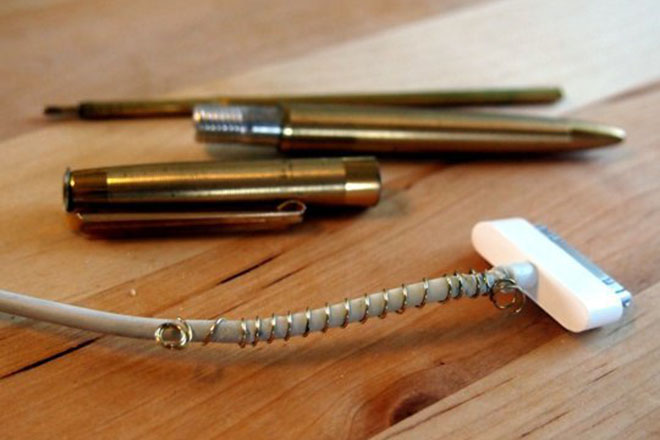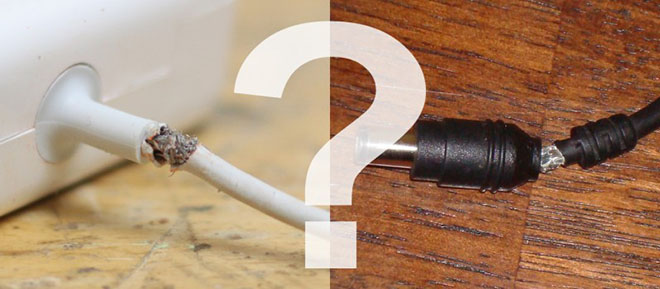Using genuine cables will provide optimal safety for your devices compared to buying external cables, as it is easy to buy low-quality counterfeit cables. Therefore, it can be quite frustrating when the original charging cable gets damaged. The way to avoid this is to protect the charging cable from damage.

Currently, the charging cable that comes with the phone is usually coated with a layer of rubber on the outside. As soon as the rubber coating is cracked or damaged, the inner wire of the cable is easily susceptible to damage. However, by applying the simple cable protection tricks below, you won’t have to worry anymore.
Step 1: Find a spring on most pens sold at small bookstores, even at convenience stores, or find a discarded ballpoint pen. Then remove it to take out the spring inside.

Step 2: Take the spring and install it on the cable that needs protection.

Step 3: Rotate the spring around the cable to tightly wrap the cable. Doing this will ensure that the cable remains sturdy and straight. As a result, the cable will not be easily severely damaged in the future.

In addition, you can also purchase plastic spiral cords from mobile accessory stores. However, with these types of cables, your cable may still become bent.


































